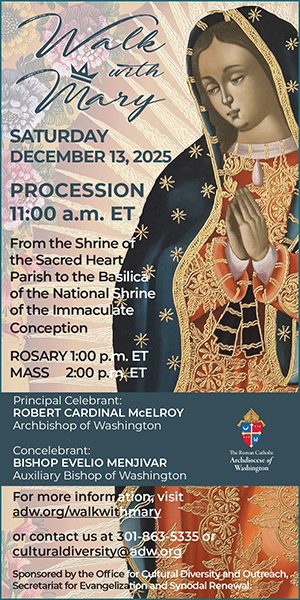Pope Leo XIV’s dissertation – which he defended in 1987 for his doctoral degree in canon law – will soon be widely available through The Catholic University of America Press in Washington.
The university announced that its publishing division would release the text in print and Kindle editions in October, having obtained the exclusive English-language rights for the work.
In 1987, the former Father Robert Prevost submitted “The Office and Authority of the Local Prior in the Order of St. Augustine” as part of his degree requirements at the Pontifical University of St. Thomas Aquinas, known as the Angelicum, in Rome.
The original 167-page English language text to be published by CUA Press will now include a forward by the Angelicum’s current rector, Dominican theologian Father Thomas Joseph White.
The future Pope Leo presented his research just five years after his 1982 priestly ordination, and amid two pastoral assignments – a 1985-1986 Augustinian missionary posting in Chulucanas, Peru, and a 1987 appointment as director of both vocations and missions of the Mother of Good Counsel Augustinian Province in Olympia Fields, Illinois.
The work was also produced four years after St. John Paul II promulgated the Church’s revised code of canon law in 1983, making the text of interest to canonists wishing to assess then-Father Prevost’s analysis of the Augustinian constitutions in light of that revised canon law, said The Catholic University of America.
In its press release, the university noted that despite the specificity of the dissertation’s topic – which treats the role of the Augustinian prior as the local superior – the future pope’s “insights as a young priest in areas such as Church authority, the spiritual life following the way of St. Augustine, and the mission of the priesthood are of interest as they relate to contemporary Church leadership and Church life.”
The university said that the dissertation centered on “key ideas regarding the common good of the Church, the Eucharistic liturgy at the center of the life of the community, the role of hierarchy and consultation, and mutual respect for the diverse contributions of each person.”
Then-Father Prevost noted in his dissertation that “Augustine’s concept of authority and obedience in religious life was that they were to be means which, when necessary, would aid the community in its striving to live a life of perfect charity.”
The future pope stressed that “authority in the monastery is not an end in itself,” but rather, “the presence of a superior is to provide a service which renders the goal of religious life more readily attainable.”
He described authority as “relational,” and highlighted a well-calibrated approach in balancing leadership with communal listening.
While he warned that “it would be useless to appoint a man to the office of Prior if there will not be the possibility for a good relationship” with the community, he stressed that “great care … must be taken in the nominating of a local Prior,” with the primary responsibility for that task falling upon “the Prior Provincial and his Council, although not exclusively,” as “the Provincial should consult with the local community before appointing the Prior.”
“Augustinian community is modeled upon the monastic community of Saint Augustine, which in turn was based upon the ideal of the early Christian community as described in the Acts of the Apostles,” wrote the future pope.
“Thus,” he said, “the Prior must be considered as a leader of a Christian community, with all that this concept entails” – namely, the ministries of teaching, governing and sanctifying those entrusted to his care.
He wrote that “religious life, just as the Church as a whole, is a reality made up of visible, concrete dimensions, and spiritual, charismatic elements as well,” noting that “frequently, it is in and through the visible dimension that the charismatic is actualized.”
As a result, said then-Father Prevost, “the law has an immensely important role to play in seeking to aid the community, or in this case the local Prior, in living out the charismatic dimension of the religious life.”












